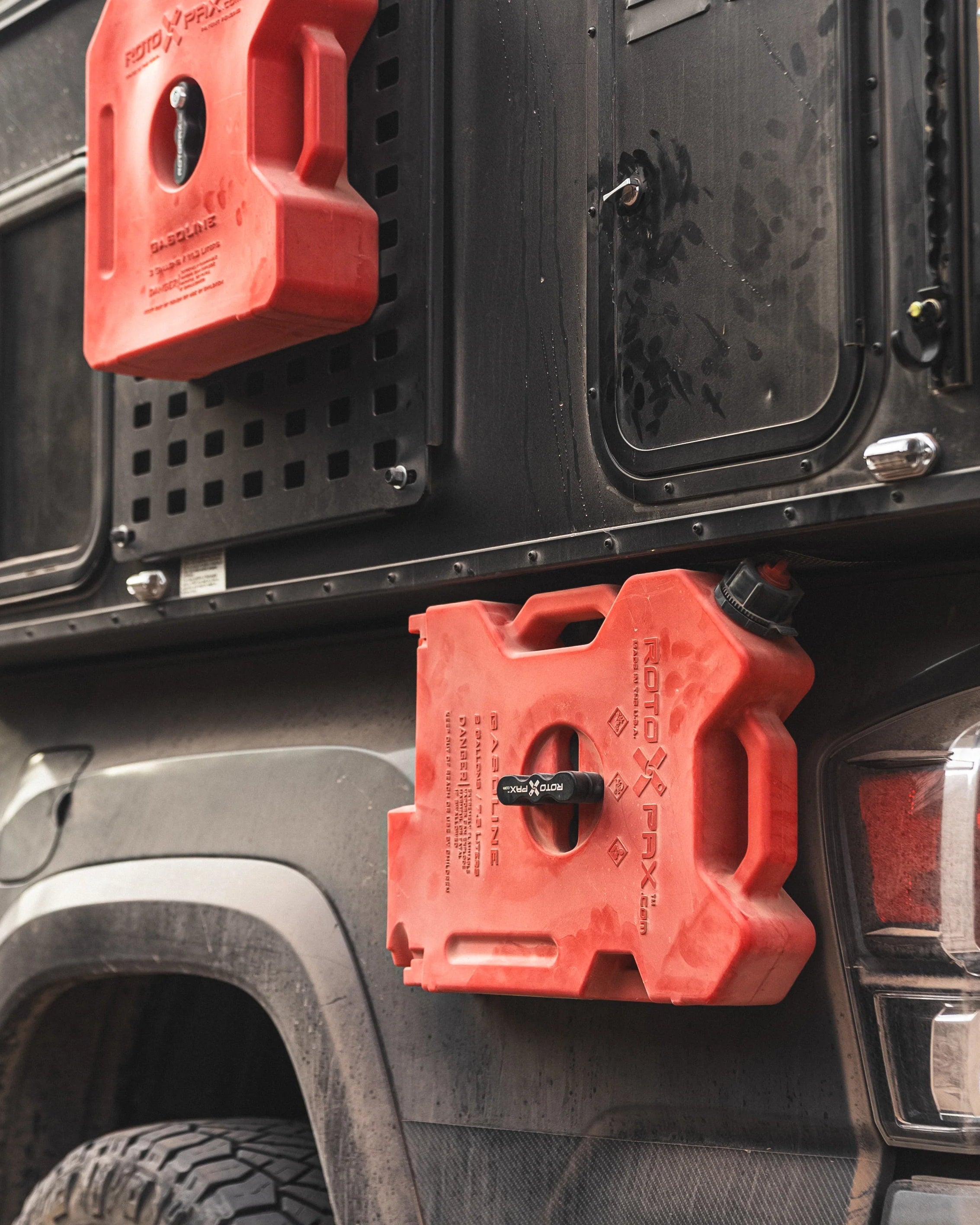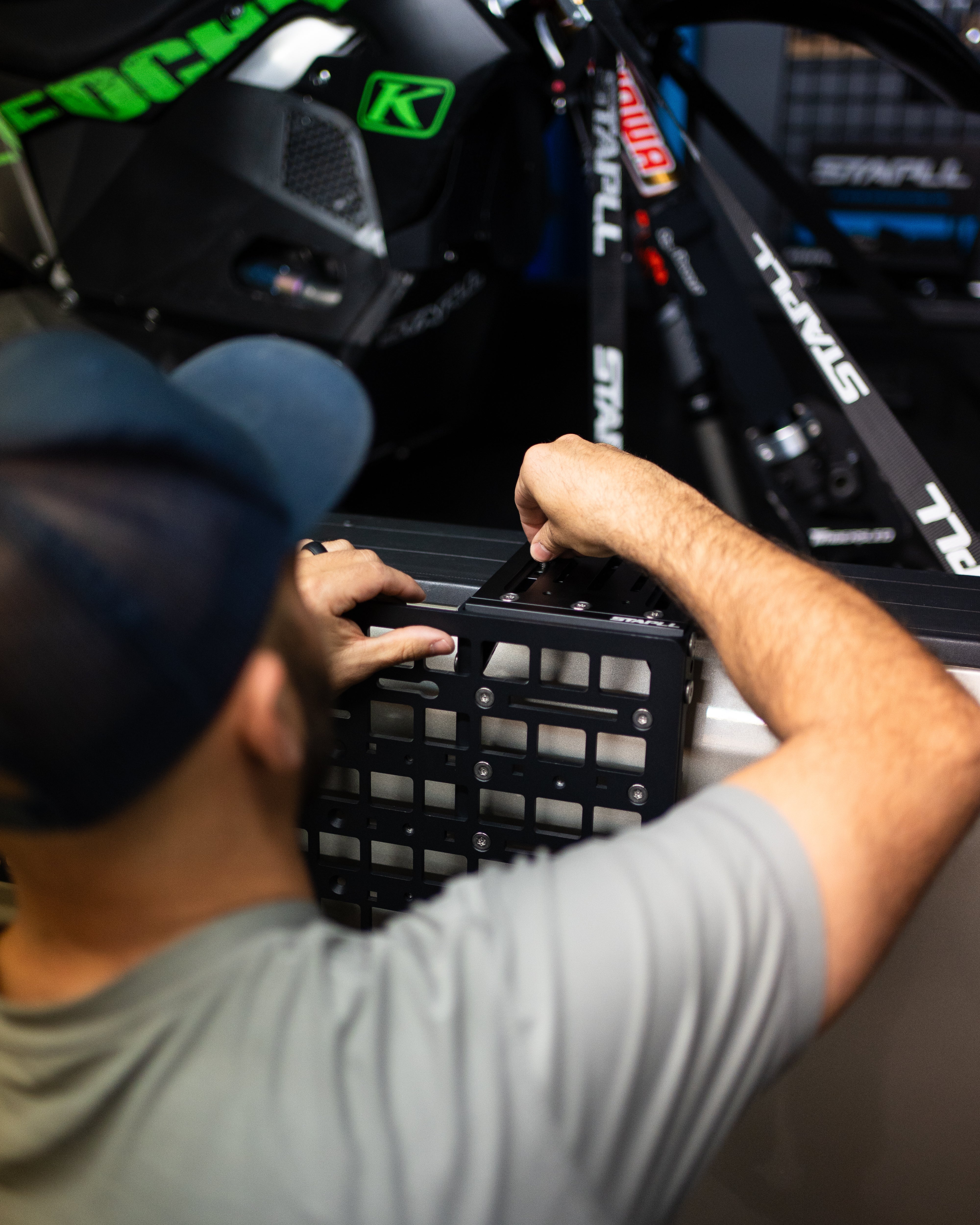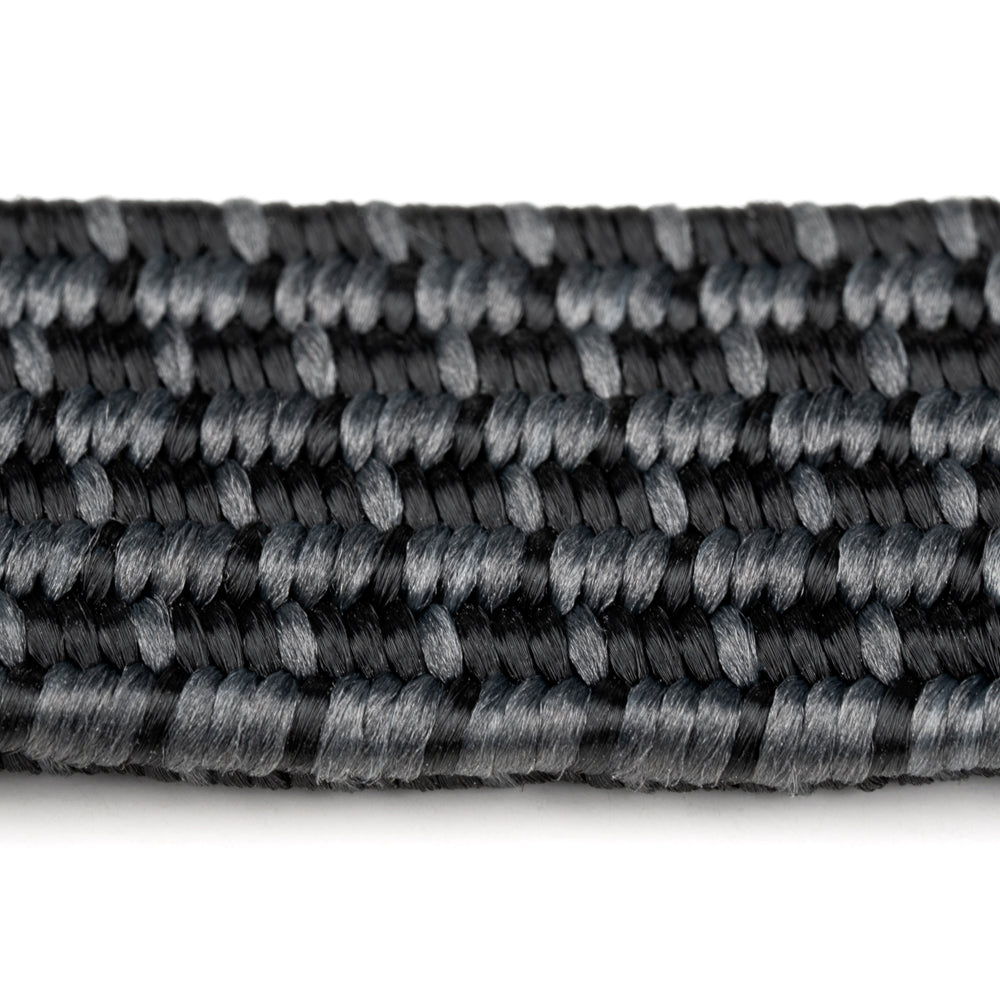Bungee cords are made using a process called vulcanization. Vulcanization is a chemical process that involves the use of heat and sulfur to alter the properties of rubber and make it more durable and elastic. This process is necessary because natural rubber, which is derived from the sap of rubber trees, is not very elastic and is prone to degrading over time.
To manufacture a bungee cord, the rubber is first mixed with other ingredients, such as fillers, plasticizers, and antioxidants, to create a compound that can be molded and shaped. This compound is then heated and formed into the desired shape, typically a cord or rope.
Once the rubber has been formed into a cord, it is coated with a protective layer to improve its durability and resistance to wear and tear. This coating may be applied using a variety of methods, such as dipping, spraying, or extrusion.
After the coating has been applied, the bungee cord is cooled and allowed to cure, or harden. This curing process helps to ensure that the cord maintains its elasticity and strength over time.
Overall, the process of manufacturing bungee cords involves the use of heat and chemicals to alter the properties of rubber and create a durable, elastic material that can be molded into a cord or rope shape. The cord is then coated with a protective layer to improve its durability and resistance to wear and tear.




















Leave a comment
All comments are moderated before being published.
This site is protected by hCaptcha and the hCaptcha Privacy Policy and Terms of Service apply.